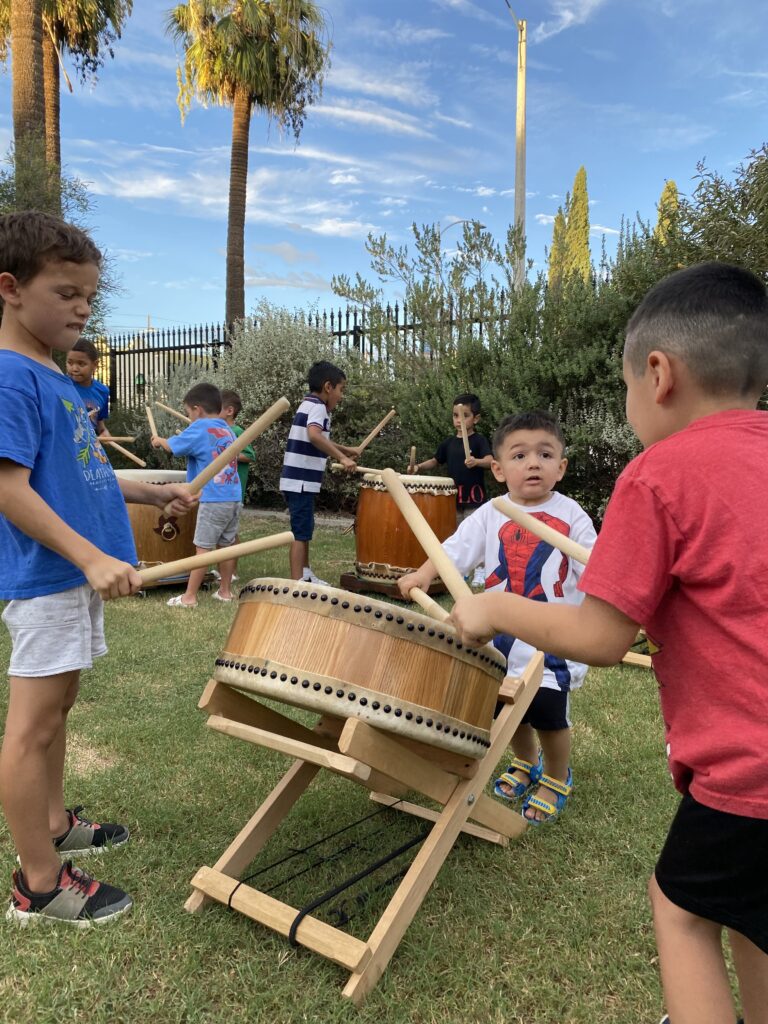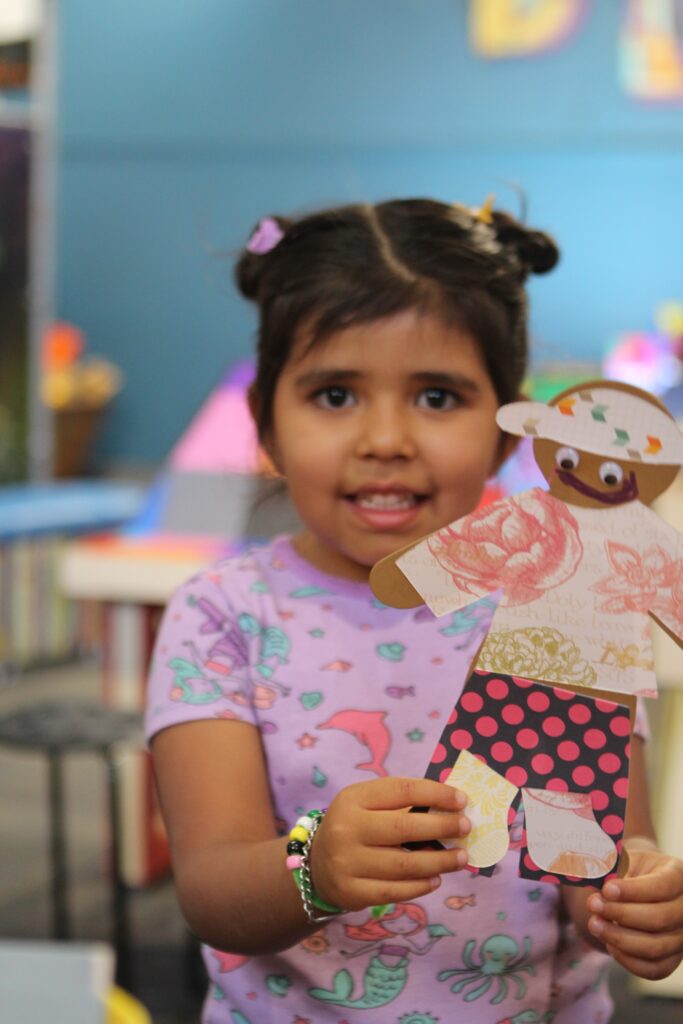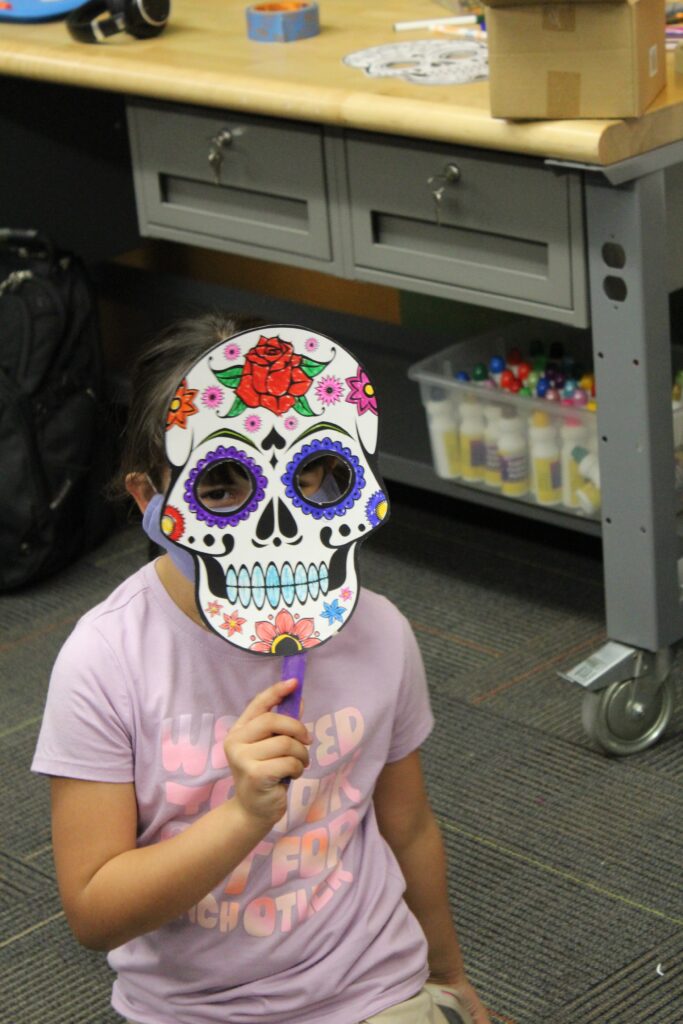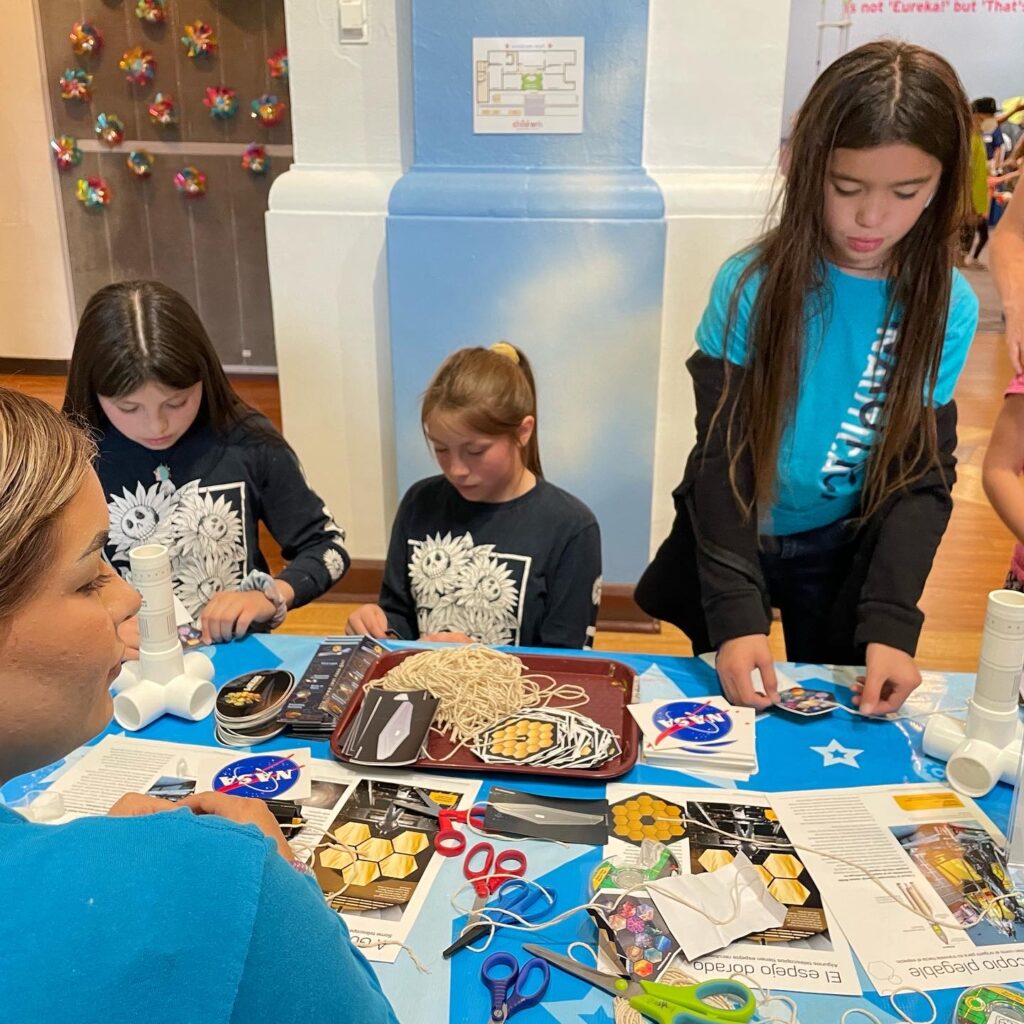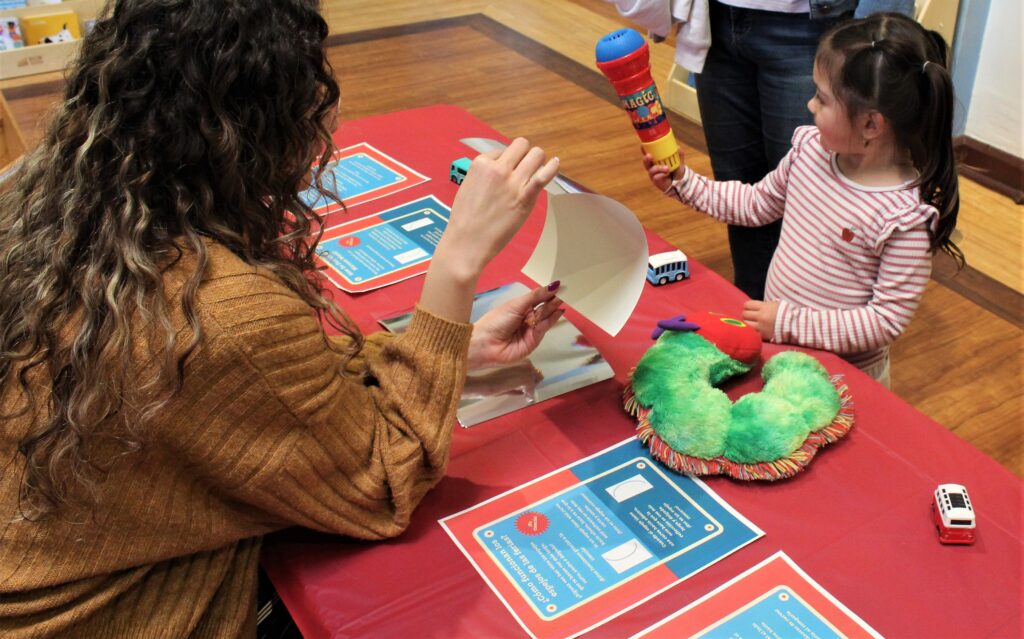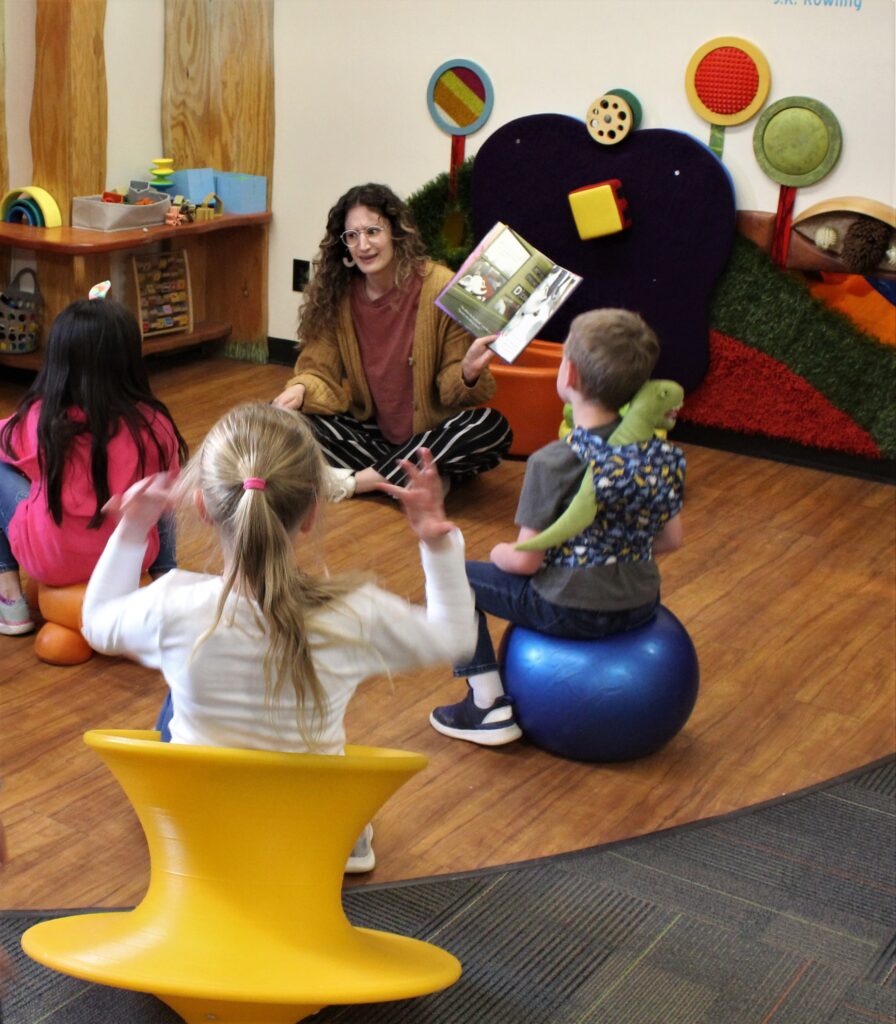Including and Reflecting the Whole Community
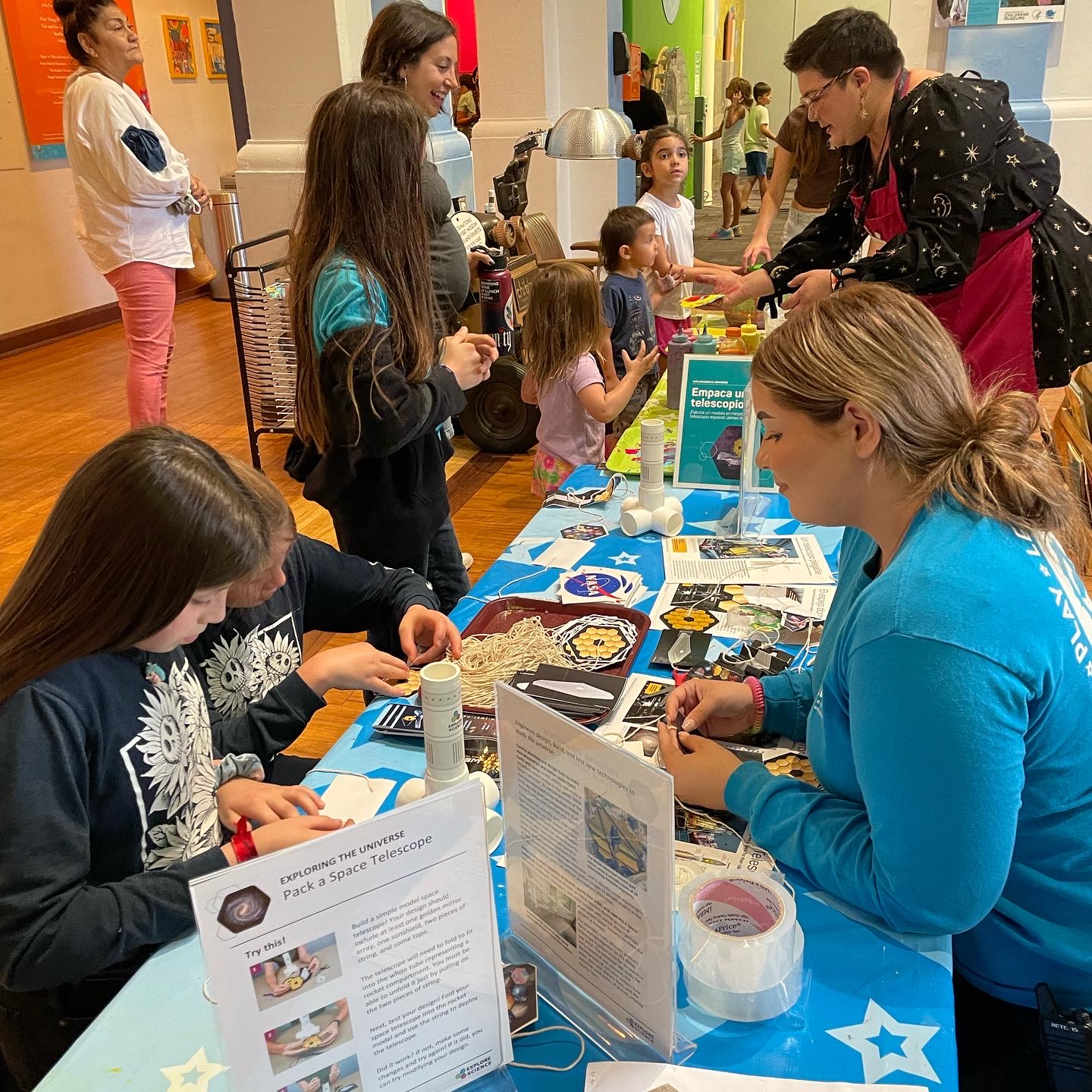
Building on a commitment to accessibility, Children’s Museum Tucson (CMT) used the IDEA grant from The David and Lura Lovell Foundation to hire a consultant to evaluate CMT’s inclusion and diversity strengths and weaknesses and make recommendations for improvement. LeCroy & Milligan (LMA), a Tucson-based research and evaluation firm was engaged to conduct CMT’s Making IDEA Reality assessment.
LeCroy & Milligan used several methods to survey the community about who was left out of the Children’s Museum experience and identify other barriers beyond the price of admission. “What we found was that many community members did not see themselves reflected at the Museum,” said Hilary Van Alsburg, Executive Director of CMT.
LMA identified six types of access to target for improvement: cultural inclusion, language access, community building, economic access, disability access and sensory access. Hilary said, “The study supported by the Lovell Foundation has launched us into making the IDEA conversation front and center in everything we do. How do we make sure that we are being as inclusive as possible?”
To help eliminate the language barrier, CMT applied for and received a three-year grant from the Institute of Museum and Library Sciences to introduce Spanish language programming, hire Spanish-speaking program staff and make all print materials available in Spanish.
Previously school tours were only available in English. Now CMT offers 13 different field trips or school tours in both English and Spanish; programs can be presented at the same time in both languages when children visit the Museum. Families can now see that CMT reflects the community and is an important resource for their culture. To create awareness of the changes, CMT has invested in Spanish language advertising, including radio, TV and billboards.
Hilary said, “Now we ask ourselves, where are our biases? Where are our hidden blinders? How are we as an organization serving the Spanish-speaking community? Our culture has changed, and our board and staff are invested in the work we’re doing. That just builds upon itself.”
One example of the change can be seen in the STEM exhibit at the Museum entrance. There used to be quotes from well-known recognized scientists, like Einstein. Hilary said, “We realized that’s not what we want to project at all. So now we have a rotating display of local scientists, focused on non-traditional representative populations within the science community. For instance, we feature a young scientist who’s working on the OSIRIS REX project, and a Mariachi instructor talking about the music-science connection.”
With the new STEM exhibit, CMT is creating the awareness that anyone can be a scientist. Hilary said, “That scientist grew up in your backyard and likes rocks like you like and now they’re a geologist. You don’t have to be born into a certain family or you don’t have to go to a certain school. You can just be a scientist. Science is everywhere.”
Another way CMT is increasing accessibility is through Discovery Nights every Thursday. “As a staff we said, let’s offer an evening program where families can come after work,” said Hilary. “Let’s make it free and provide cultural programming about growing up in the Sonoran Desert, all in Spanish. Let’s make sure it’s advertised throughout the community.” Discovery Night has turned into the museum’s most popular event.
As CMT has become bilingual, Hilary points out the need to compensate staff for the ability to speak Spanish, in the same way that other skills command higher compensation: “We are honoring that this is something we value and it’s a skill set you bring that makes us a better children’s museum.”
Beyond becoming a bi-lingual community resource, CMT continues to work on increasing cultural awareness of its staff. The Museum has partnered with groups like Owl & Panther to do trainings on what it’s like to work with families who have been displaced and have gone through trauma. “As a staff we need to not judge whoever shows up,” said Hilary. “We need to widen our lens to families who are far from home and have experienced horrific things. They’re going to show up however they can, and it can be difficult for them to engage in a public setting.”
Inclusiveness also means serving children with special needs. MyTime is an inclusion program that welcomes families and children who are in need of supportive experiences and a quieter, sensory-controlled visiting time. Before the pandemic, it was only offered one day a month on Saturday. Hilary said, “If your child is having a challenging day getting out the door for whatever reason on a particular Saturday, you’ve missed a whole month. So we said open it up to make it far more accessible.” MyTime is now offered from 3:00 to 5:00 p.m. Tuesday through Friday for half-price admission.
“Play is a universal language like music,” Hilary said. “Play is a safe place. We’re here as a safe, neutral, warm and welcoming community resource. What we want is not just some of the kids but ALL of the kids to know this is their children’s museum—they belong here.”
